A gift from Poland to remember the heroes who defended Liberty against totalitarianism
As you know, on September 1, 80 years of the invasion of Poland by Germany and the USSR, after the secret pact between Hitler and Stalin to divide the country.
A few days ago I received an email from Poland, specifically from the Ministerstwo Bohaterów (Ministry of Heroes), an initiative of the Fundacja Agencji Rozwoju Przemysłu (Industrial Development Agency Foundation), which has the honorary patronage of the Prime Minister of Poland, Mateusz Morawiecki. The objective of this initiative is to publicize the history of the heroes who fought for the freedom of Poland and other countries during World War II. Within their own country, this initiative encourages the Poles themselves to look for the heroes that were in their own families, as seen in their official video:
In addition, facing the outside, the Ministerstwo Bohaterów seeks "ambassadors" who are encouraged to make known the history of these heroes to the rest of the world. From that initiative they contacted me at the invitation of Paweł Lisicki, editor in chief of DoRzeczy magazine, and of Małgorzata Wołczyk, a journalist of that media who interviewed me recently for its pages. I have been invited to become an ambassador for your initiative and I have gladly accepted, because Poland is a country that I admire and I will never get tired of making known the heroism of many Poles in those years of pain and suffering, a task that I have been developing since years ago in this blog. In gratitude, the Ministerstwo Bohaterów has sent me a gift that has moved me, because it is a small and valuable piece of the history of that great Nation. I show you here some images of this beautiful gift:

When I opened the cardboard box, sent from Warsaw, I found a green box that mimics a box of ammunition (what you see in the photos around the box - the Polish Flag and several pieces of uniforms - were mine and I have placed for the photo).

When you open the box this appears. Next I will go detailing the content.

This map shows the invasion of Poland in 1939. The invasion occurred on four fronts: on September 1 Germany attacked from the west and from East Prussia in the north, and Slovakia - a puppet state of the Third Reich - attacked from the south. The USSR attacked from the east on September 17. Poland had regained its independence in 1918 after passing 123 deleted from the maps, after the Third Partition made by the Kingdom of Prussia, the Russian Empire and the Austrian Empire in 1795. Poland had to fight again for its independence in 1920, defeating the Soviets in the Battle of Warsaw, which was the first major military defeat of communism. In 1939 that period of independence that was the Second Polish Republic was crushed with blood and fire, starting one of the greatest genocides in the history of mankind: six million Poles - half of them Jews - were killed by the occupants.

The box also contains this recruitment book, which serves to identify the "ambassador" of the Ministry of Heroes.

Among the details that I liked most are this metallic eagle of the Polish Army (the soldiers of that country wear this emblem, either metallic or cloth, on their headwear; every time they greet with two fingers, in the Polish way, they do it to point and honor the national emblem) and the small white and red flag.

Inside the box there is a manifest. I especially liked this part of the second paragraph: "Loyal in full to combating totalitarianism, we shall remain vivilant to the end, offering that which os most precious, our lives, our time, wealth and the belief in the merit of the idea of absolute sacrifice in the name of the common good and the memory of our ancestors."
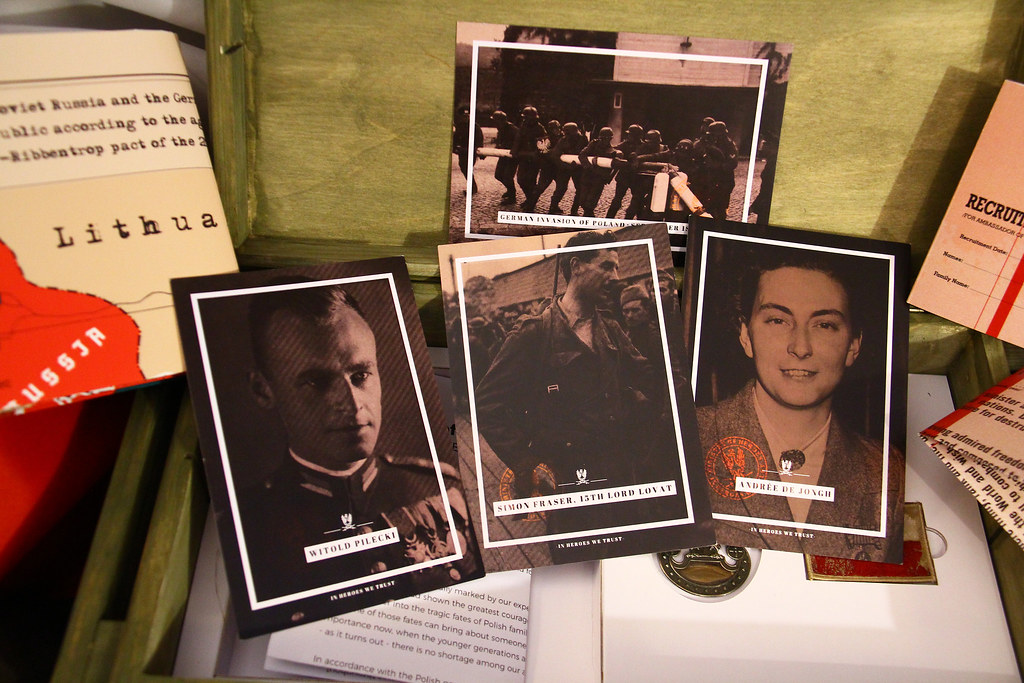
The box includes four postcards. One of them is that of the famous photo of the German soldiers and the Danzig border guards breaking the border barrier with Poland. The other three show three heroes of World War II: Witold Pilecki, of whom I already spoke to you here, surely one of the bravest men in the war, and the only one who voluntarily entered Auschwitz to report what was happening in that German extermination camp, being shot by the communists in 1948; Simon Fraser, 15th Lord Lovat, a bold commander in command of the British Army, famous for his role in the Battle of Dieppe of 1942; and Andrée de Jongh, a Belgian resistance nurse who risked her life numerous times to help flee more than a hundred Allied soldiers captured by the Germans in occupied Belgium.
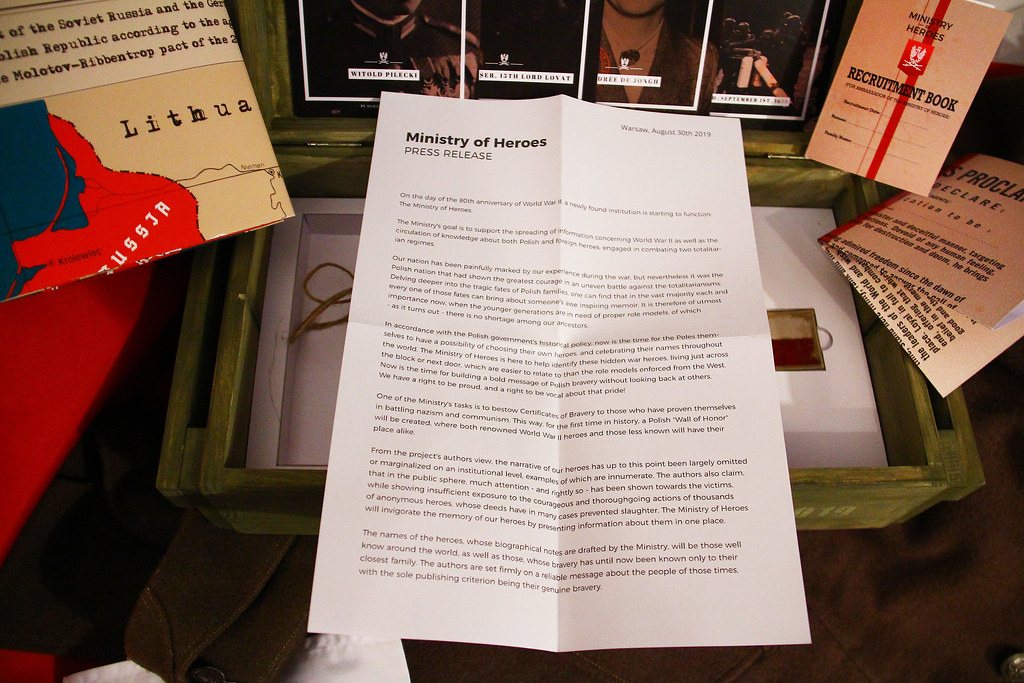
Likewise, the box contains a press release, in English, which explains the purpose of this Ministry and the initiatives it is putting in place to raise awareness of many heroes who have remained anonymous for many years. The note indicates that among the "ambassadors" of this initiative they intend to have presidents, monarchs, prime ministers, leaders of institutions of the European Union, journalists, bloggers and videobloggers. For me it is an honor that I have been contacted.

Finally, the box includes a USB memory that contains the digital versions of the documents in the box, as well as photos of the boxes for journalists and press articles by Mateusz Morawiecki published by several newspapers in different countries on the occasion of the 80th anniversary of the start of the World War II.
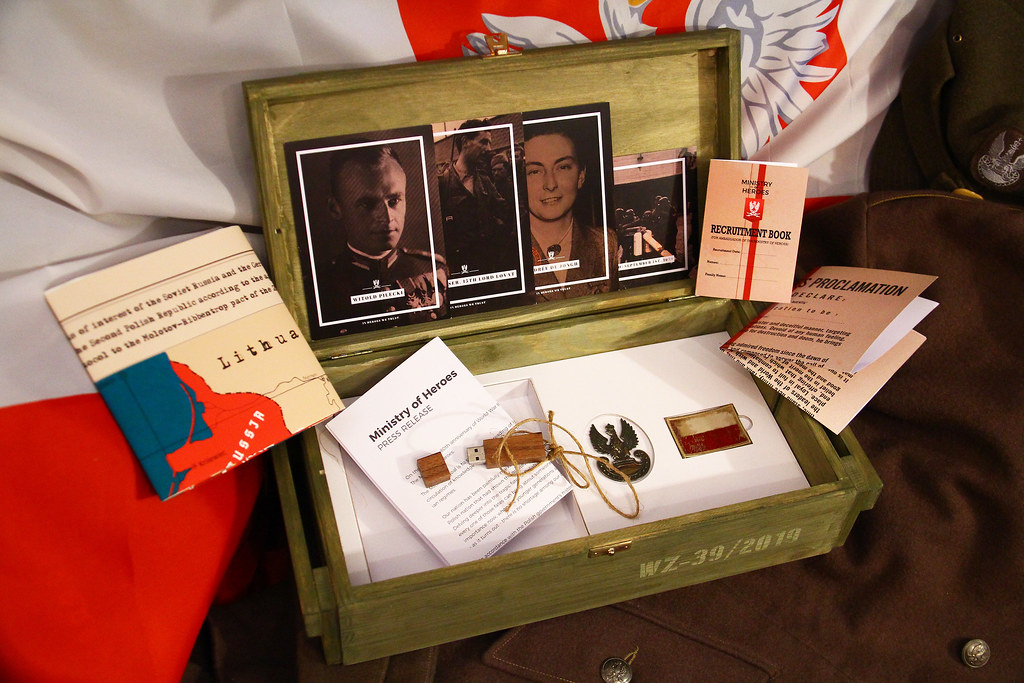
I thank the Ministerstwo Bohaterów for the honor he makes me by counting on me for this initiative. If you also want to publicize the history of these heroes, in some cases unknown to most of the world, I encourage you to join the Facebook page of the Ministry of Heroes, by clicking here.
|
Don't miss the news and content that interest you. Receive the free daily newsletter in your email: Click here to subscribe |
- Most read
- The brutal 'touch and go' of a Lufthansa Boeing 747 at Los Angeles Airport
- The real reason for Sánchez's victimizing letter using his wife as an excuse
- The Pegasus case and how it could end with Pedro Sánchez due to a decision by France
- Portugal confirms that it has begun its transition to the F-35 and indicates bad news for Spain
- The ruins of the old Yugoslav radar station at Gola Plješevica, Croatia
- The ten oldest national flags in the world that are still in use today
- A Corporal of the Regular Forces of the Spanish Army dies in an exercise in Poland
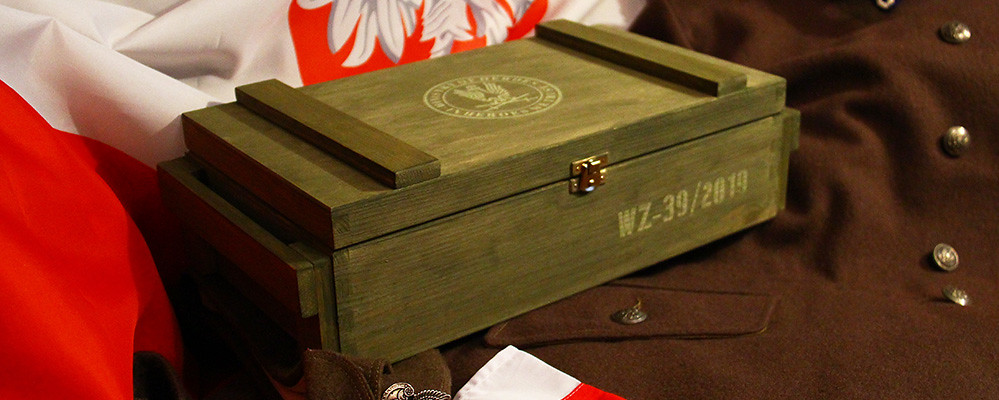
 ES
ES




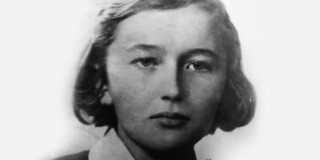
Opina sobre esta entrada: